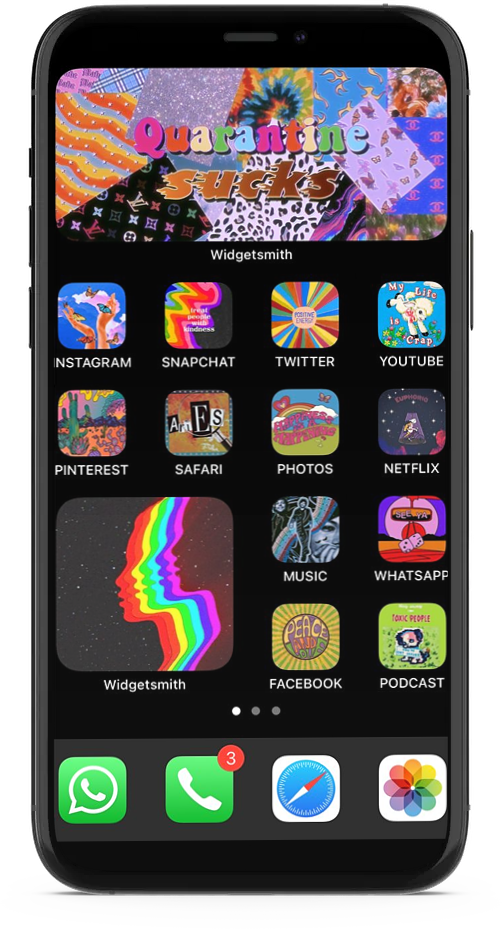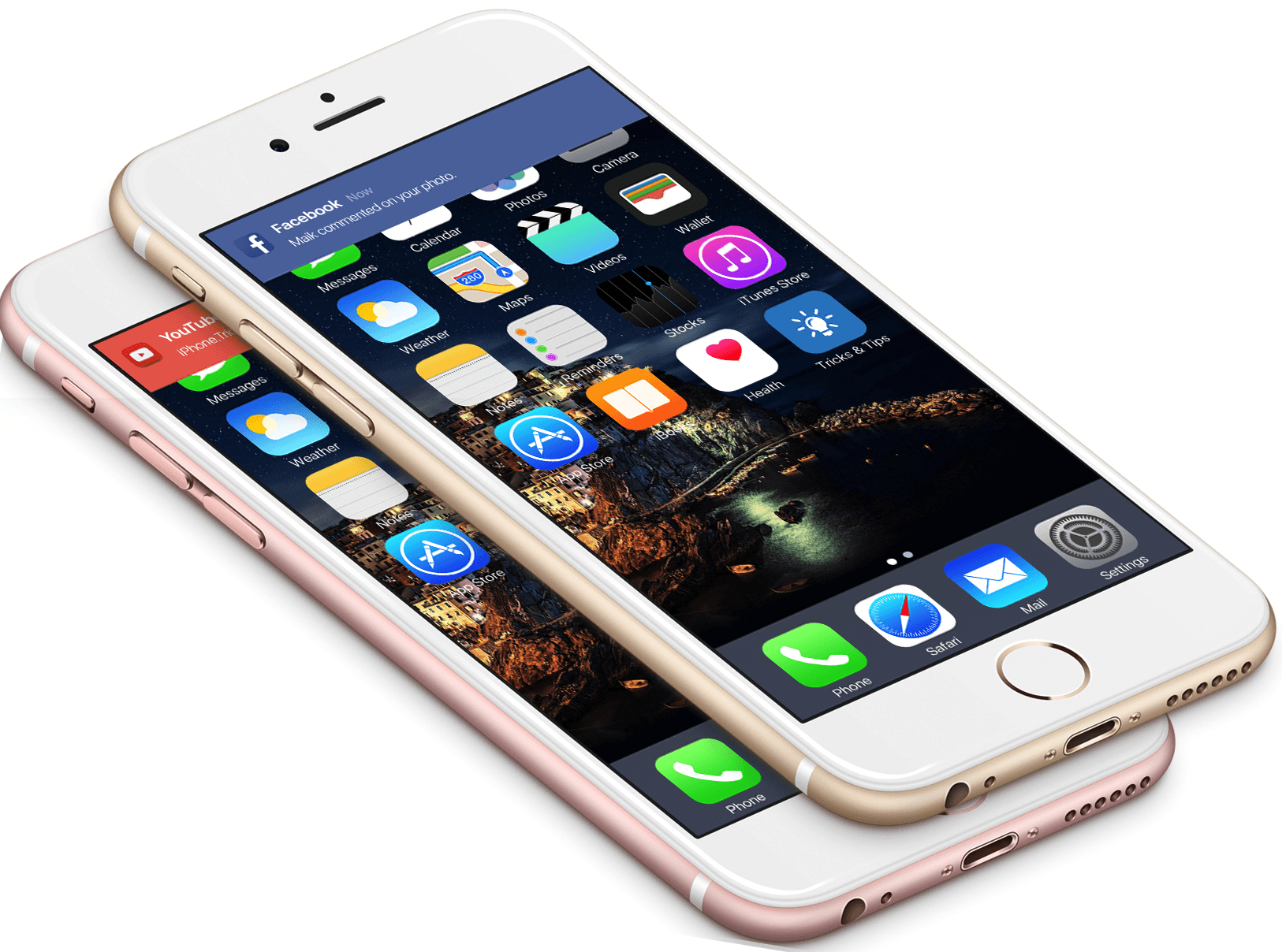Table of Content
If you still have questions after reading this guide, please do not hesitate to contact our Support Team, and you will receive reply within 24 hours. It definitely seems as if iOS 14 does NOT support more than 15 pages. When all my apps were scattered after the widget bug occurred, I could not add a 16th page. Also, I noticed many of the remaining apps (~54) did not show on my home screen at all due to no remaining space. I spent over 3 hours yesterday organizing my apps into folders using the Home Screen Layout tool in Apple Configurator 2.

You can organise your homepages by different themes, activities, frequency of use or literally whatever makes you happy. Everything that you never use probably doesn’t need to be on your phone at all so delete the apps in this list. Now that you are organising your homepages, it’s a good chance to review what apps you use more frequently and which ones you don’t use at all. To delete an entire folder, you remove all the apps inside it.
How to create a folder for apps on your Home screen
You don’t have to use App Library at all, of course. If you had your own folder-based system from iOS 13, and it’s working for you, there’s no need to change anything. Each email reveals new things you can do with your phone with easy-to-follow screenshots. Folders can be named and organized however you like! I used to organize my DVD shelves by color because I'm a very visual person, so naturally, I organize apps this way as well. As such, it’s up to us to do a little tidying so that the widgets reflect what’s actually of interest to us.
Remember, you can also delete apps from iPhone and iPad, which is slightly different in iOS 13 and iPadOS 13 and later too. So if you’re arranging apps and find some you don’t use at all, feel free to remove them if you’re up for it. The process of moving, changing, organizing, and arranging app icons is the same on iPhone and iPad. The process is demonstrated here on iPad, but it’s the same on iPhone too.
Start a discussion in Apple Support Communities
As soon as you pick up an iOS 10 device, you’ll notice a few pretty big changes. First, the swipe-to-unlock feature–a staple of the iOS lock screen since the beginning–is gone. Now if you want to unlock your phone, you’ll need to tap the home button a second time, use TouchID, or enter your pin.

These are my favorite methods to remove clutter, keep things easy to find, and add a little bit of visual appeal to your iPhone Home Screen. I love my apps and widgets, but I can't stand clutter. It drives me nuts to have to spend several minutes looking for an app on my iPhone.
Customize Your iPhone Dock
Again, your option bars may be slightly different. Tap the+icon in the top-right corner of the screen. You will receive a verification email shortly. I GOT iPhone 128G so I could dl and explore several apps. I dl and it is NOT ON LAST SCREEN PAGE. I can not find it anywhere have to go to App Store and enter the name, which I have forgotten, to make it appear and click on OPEN.
I’m using an iPad mini, version 4 (operating 13.2.3) and I never see a “done” button to push when I’m done editing my home screen. When you have finished customizing your Home screen, go to the lower right corner and tap Apply for the changes to sync to your iPhone. If you prefer your original layout, tap Revert. I'm sure it was fine in iOS 1 and 2 when there was less that a screenful of icons to move around but as soon as screens get full, moving icons around becomes an exercise in rage.
Step Four: Adding Widgets
Moving apps and organizing them and arranging them on the iPhone or iPad Home Screen is easy, but like many other features it has changed slightly over time. Instead of grouping apps into folders, create shortcuts with list menus that let you choose between multiple apps to open. You can give each shortcut a name, icon, and color that represents the group of apps it contains. You can also delete apps from your iPhone by tapping Remove in the app list. To organize your apps, click and drag apps from the list onto the desired Home screen page.

Clicking and dragging around with the mouse was easier for me because I have these really big “biscuit grabbers” that are a bit challenging on the smaller screen. I know how to move them, but how do I place them in specific spots, so I can purposely leave certain spots empty. When I try and move them it automatically places the icon in the last spot at the end of the row. I’m trying to move them to the edges so I can see the photos on my wallpapers without the icons covering the faces. I have 1 page with the apps I really use and put everything else in the App Library.
You may be aiming for one, but find yourself two or three past it. Personally, I’d like to have screens that are focused on a topic—a news screen, a sports screen, etc. If I do that now, the folder I’ve so laboriously created disappears. You can also drag apps into the Dock to add them there. On the iPhone the Dock is limited to four app icons, but iPad can have more apps in the Dock, carrying up to 15 in the latest versions of iPad system software. First, plug your phone into your computer and launch iTunes if it doesn't open automatically.

Nothing happens when I press the wiggling app and try to switch to the next screen. This is an operation that use to be relatively easy when it was included in the iTunes app on the Mac. I guess Apple decided that not enough people had iMac’s to make it worth supporting – so they made it mode difficult and close to useless for everybody.
There are several classification ways including Color , Catalog, Intelligent Classification and Manual Classification. Once your iOS device is detected, the main interface below will display. Join the only free daily newsletter that reveals new things you can do with your iPhone in just a minute a day.


No comments:
Post a Comment